

Where Lake County’s Best & Brightest Engineer the Future
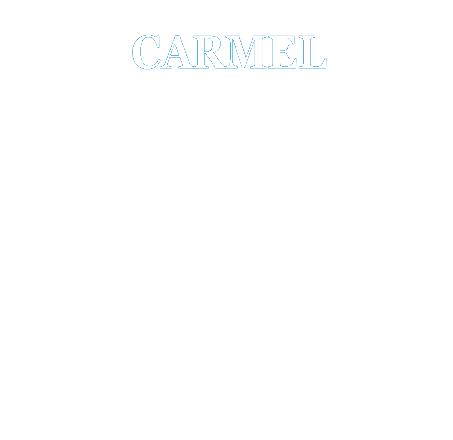
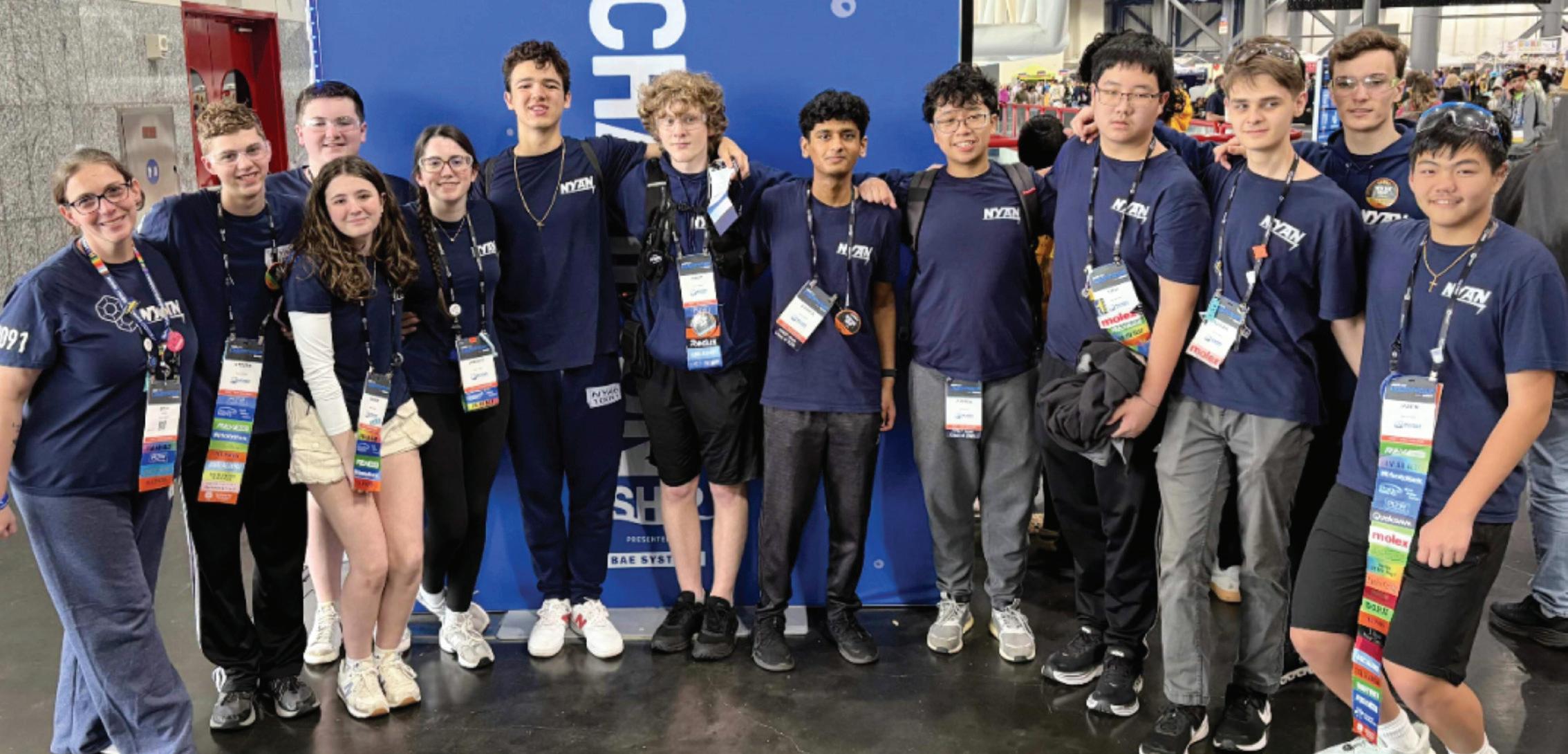
While most students follow their middle school classmates to the same high school, Lake County’s most ambitious future engineers make a different choice. They come to Carmel Catholic—where challenge meets opportunity, where passion meets expertise, and where the best and brightest push each other to excel.
Distinguished Among the Best Elite Recognition and Results
Project Lead the Way Distinguished School Status
Carmel Catholic has earned Project Lead the Way (PLTW) Distinguished Program Recognition—celebrating our commitment to increasing student access, engagement, and achievement in engineering education. 1in 5 Carmel Catholic Students are enrolled in Engineering classes.
Championship-Level Excellence
Our robotics teams don’t just compete—they dominate, winning state, regional, and world championships. Most recently, we claimed the state championship in 2025, proving that when the best minds collaborate, extraordinary results follow.
Real-World Impact
Our capstone projects address actual problems: railway safety systems, specialized lacrosse equipment, and life-saving devices for people with diabetes. This isn’t theoretical learning— it’s engineering that matters.
“Project Lead the Way isn’t just a curriculum; it’s a philosophy. It’s about turning students into problem solvers—young people who don’t freeze in the face of uncertainty, but instead try, fail, and try again until they succeed.”
– Mr. John Titterton “Mr. T”, Engineering Department Chair


2
Dedicated engineering labs

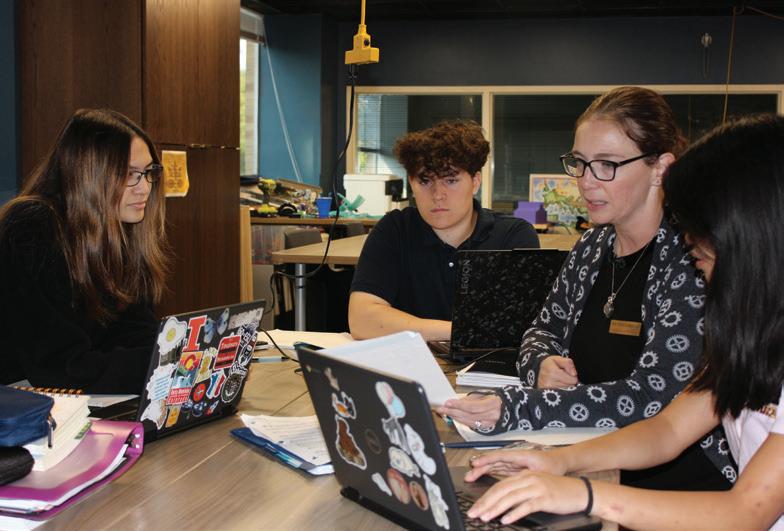
2 Specialized robotics studios
50 Dedicated laptops with CAD & coding software
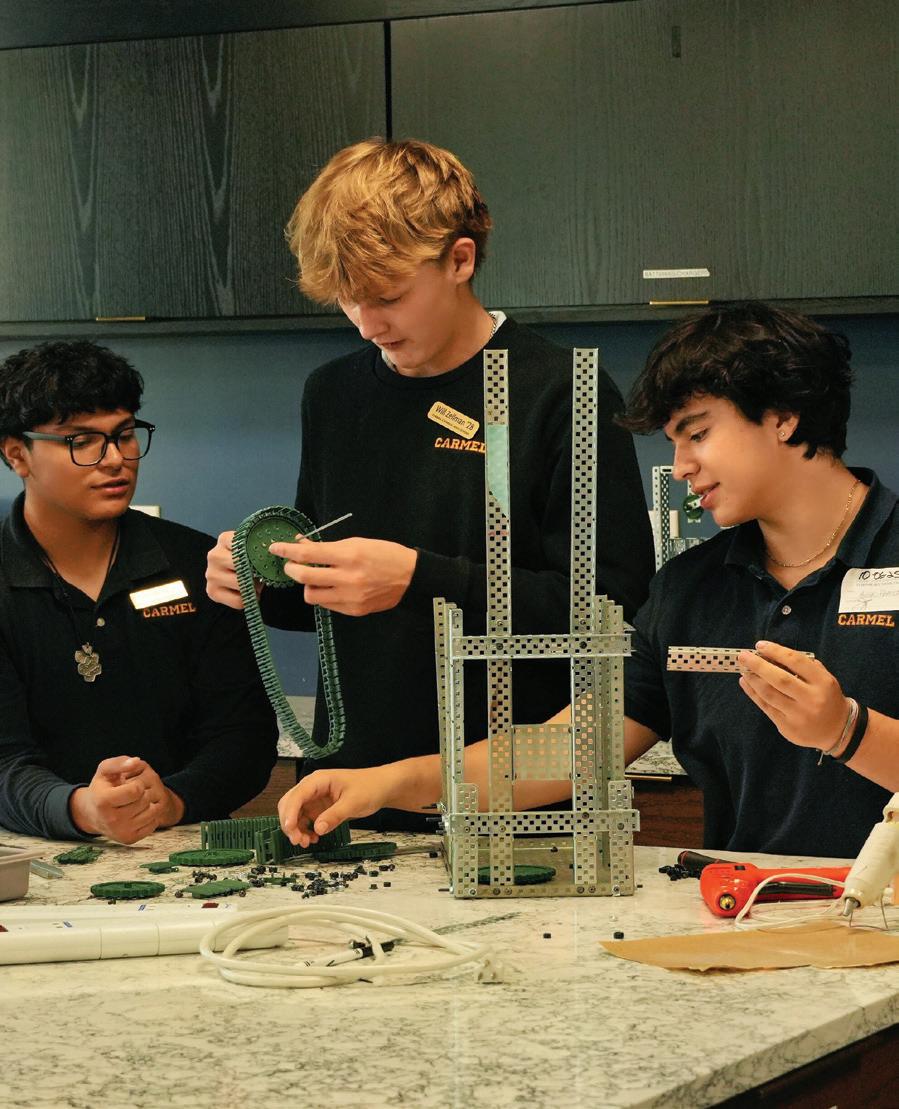
10 Unique engineering classes offered
2 Summer classes offered in a 4 week intensive period
3 Weekend/weekday programs for middle school students
Unmatched resources
Professional-Grade Facilities, High School Access
Engineering Center
Our labs mirror professional engineering facilities—less lecturing, more hands-on problem-solving. Students dive into active learning from day one, with equipment ready and challenges waiting.
Our Engineering Center includes two dedicated engineering labs with professional-grade workstations, two specialized robotics studios, seven advanced 3D printers, and 50 dedicated laptops with CAD and coding software. It also features laser printing and cutting centers, along with complete soldering and electrical engineering equipment.
Faculty
Our teachers have over 60 years of teaching experience including over 25 years teaching engineering. Our teachers have degrees in education, mathematics, and engineering, and have done over 1,000 hours of engineering specific training. They have expertise in coding in Python and Java, using Prusa, Bambu, MakerBot and Ultimaker 3D Printers, working with VEX and other robotic equipment and using dozens of different CAD and software programs.

Engineering Education Tailored to You Customized Pathways
Personalized Academic Planning
Our guidance counselors and engineering department head work directly with students and families to create optimal pathways. Take middle school math sequences, access online university courses, or accelerate through summer programs—we customize education to match ambition.
Early Access Programs
Middle school STEM programs on Saturday mornings and Monday nights work around busy schedules. Summer courses in robotics and engineering principles let motivated students jump ahead.
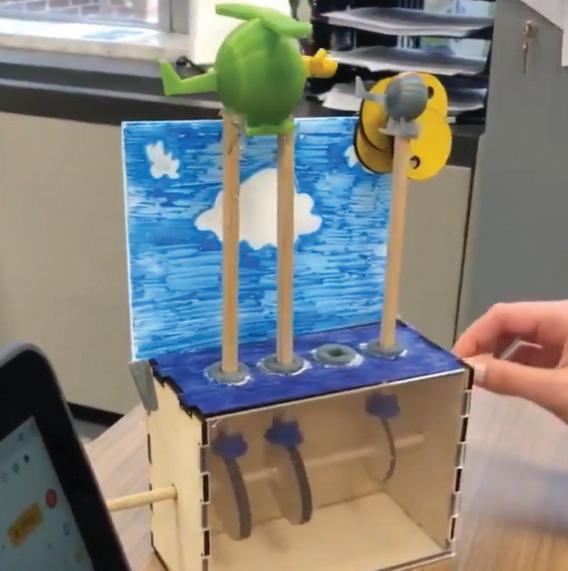
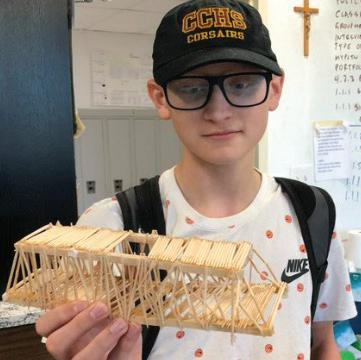
Intro to Engineering Dual Credit
Students will learn how to model, improve, and develop products, both in and out of the classroom, through design challenges and a distinct problem-solving model. Students will learn to sketch solutions by hand and to illustrate solutions using sophisticated three-dimensional modeling software. Emphasis in class is placed on documenting the design process when analyzing and considering solutions.
Principles of Engineering Dual Credit
Students explore a broad range of engineering topics, including mechanisms, the strength of structures and materials, and automation. Students develop skills in problem solving, research, and design while learning strategies for design process documentation, collaboration, and presentation. Students will become leaders in terms of identifying and solving problems.
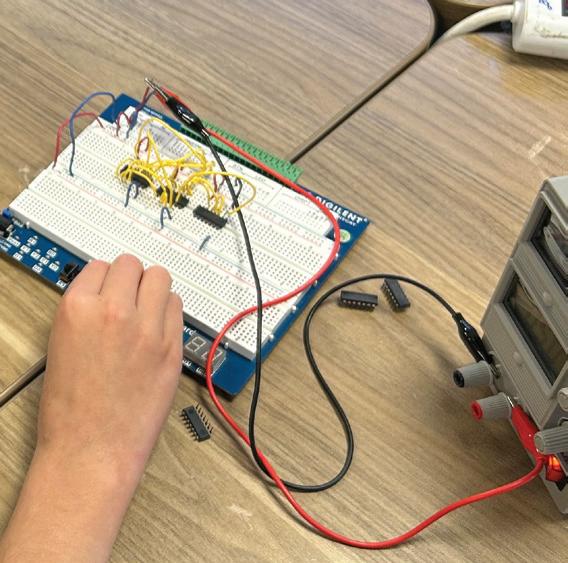
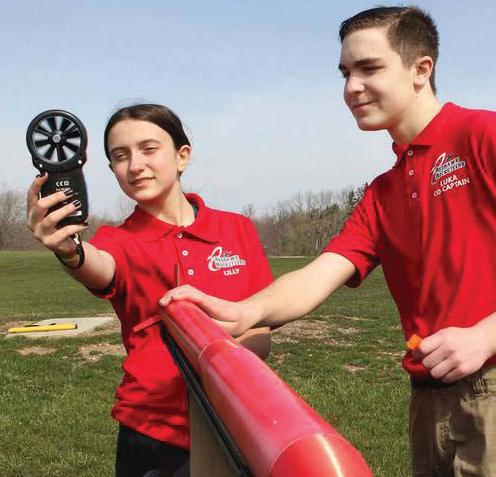
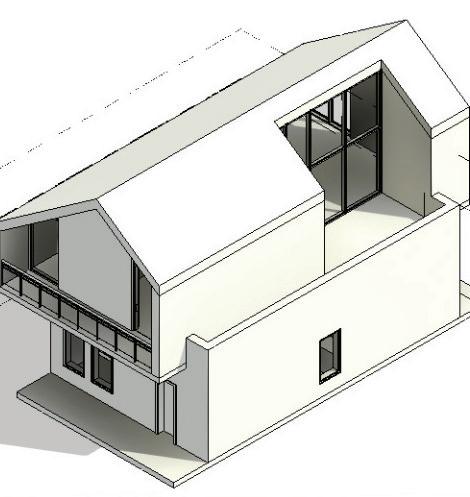
Digital Electronics
Dual Credit
Digital Elecronics introduces students to the fundamentals of electrical engineering, electronics and circuit design. From smartphones to appliances, digital circuits are all around us. Students study topics such as combinational and sequential logic and are exposed to circuit design tools used in industry, including logic gates, integrated circuits, and programmable logic devices.
Aerospace Engineering
Dual Credit
Students are introduced to the fundamentals of atmospheric and space flight. As they explore the physics of flight, students bring the concepts to life by designing an airfoil, propulsion system, and rockets. Students also learn basic orbital mechanics using industry-standard software and explore robot systems through projects such as remotely operated vehicles.
Civil Engineering & Architecture Dual Credit
Students are introduced to important aspects of building and site design and development. Students apply math, science, and standard engineering practices to design both residential and commercial projects and document their work. Students progress from completing structured activities to solving open ended projects and problems that require them to develop planning, documentation, communication, and other professional skills.
Advanced Integration Customized Pathways
Computer Science Principles AP/ Dual Credit
Students work in teams to develop computational thinking and solve problems. The course does not aim to teach mastery of a single programming language but aims instead to develop computational thinking, to generate excitement about the field of computing, and to introduce computational tools that foster creativity. The course also aims to build students’ awareness of the tremendous demand for computer specialists and for professionals in all fields who have computational skills. Each unit focuses on one or more computationally intensive career paths. The course also aims to engage students to consider issues raised by the present and future societal impact of computing including AI.
Computer Science A AP/ Dual Credit
Students cultivate their understanding of coding through analyzing, writing, and testing code as they explore concepts like modularity, variables, and control structures. Fundamental topics in this course include the design of solutions to problems, the use of data structures to organize large sets of data, the development and implementation of algorithms to process data and discover new information, the analysis of potential solutions, and the ethical and social implications of computing systems. The course emphasizes object-oriented programming and design using the Java programming language.
Robotics 1 Honors
Carnegie Mellon
Certificate class offered through Carmel Catholic
Robotics 1 Honors is a hands-on course where students build and code robotic devices. Students will learn basic coding logic to complete a variety of in-class robotic challenges with a robot they build and modify themselves. Interested students should enjoy a challenge, want to work with their hands, and approach every class with energy and enthusiasm.
Robotics 2 Honors
Carnegie Mellon
Certificate class offered through Carmel Catholic Robotics 2 Honors is a second course in hands-on building and coding robotics devices. This course introduces students to situations where technicians receive multiple components of a robotics system that require assembly, installation, and debugging. Students learn how to integrate components such as a vision sensor (camera) system, breadboard, servo motors, and embedded microprocessor from multiple hardware vendors. The learner will “unpack and test” components and refine “robot navigation programming” through this curriculum.
Capstone
Capstone is the course that brings together the knowledge and the skills that students have acquired throughout the PLTW Engineering curriculum. Students identify an issue and then research, design and test a solution, ultimately presenting the solution to a panel of engineers. Students apply the professional skills they have developed to document a design process to standards, completing engineering design and development ready to take on any post-secondary program or career.
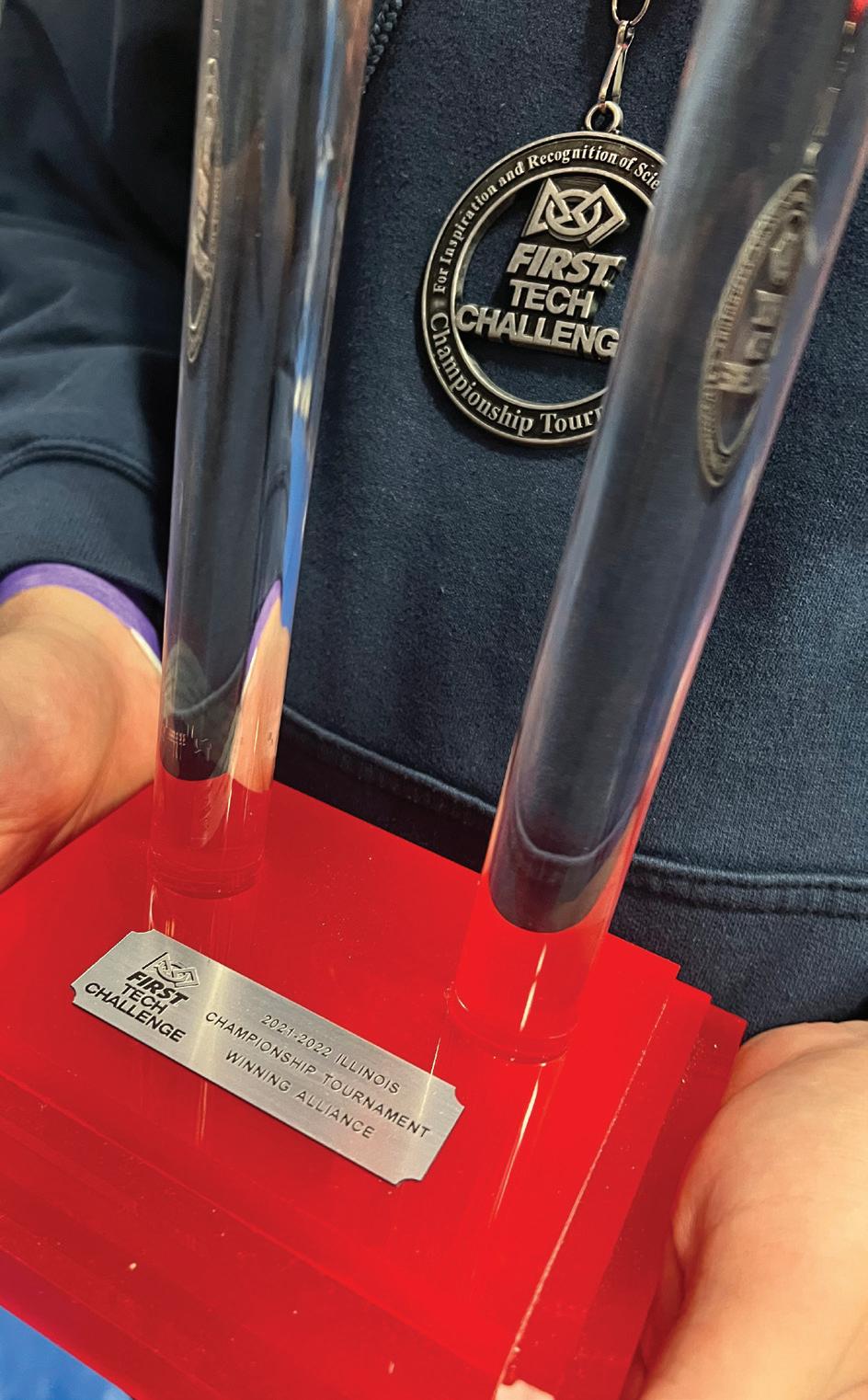

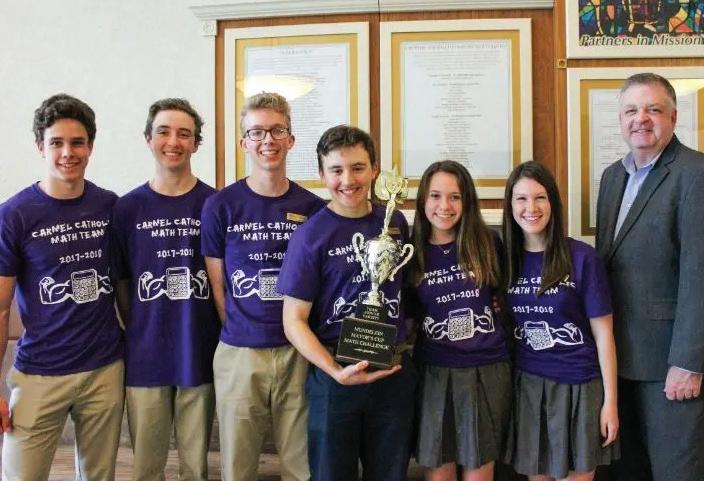
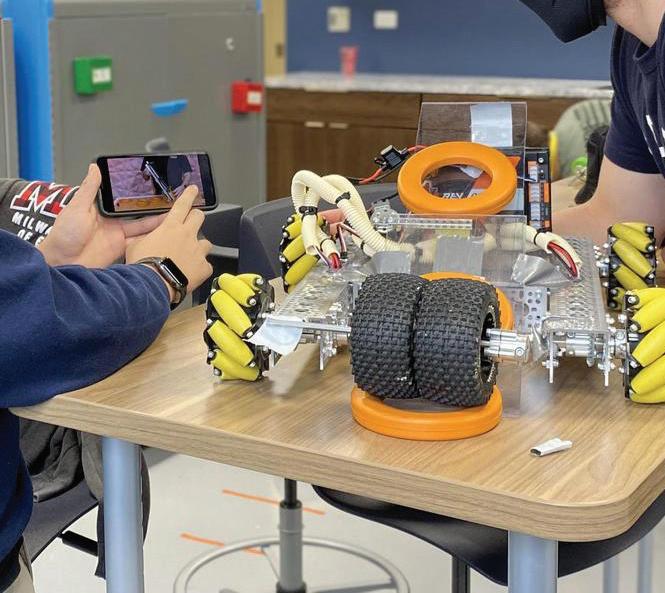
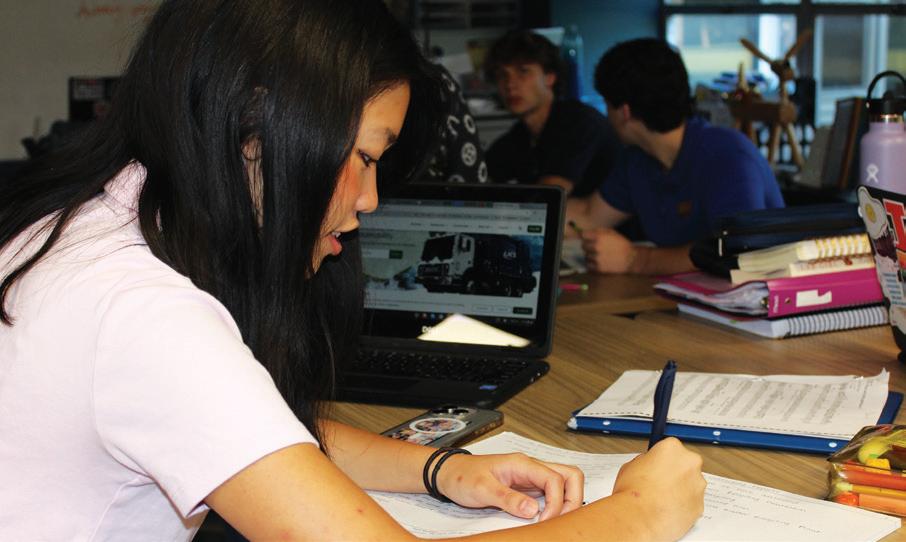
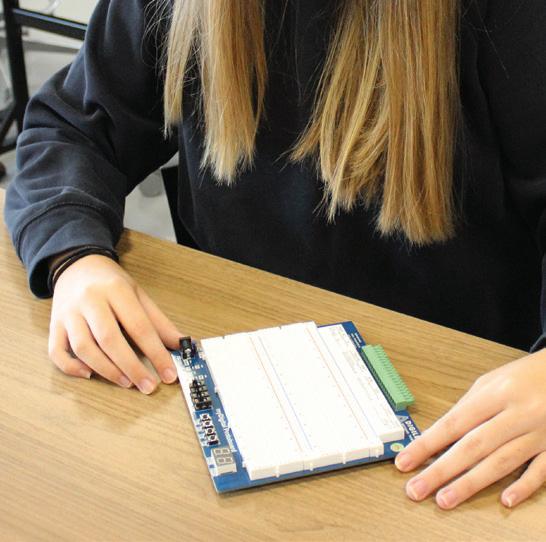
The Carmel Catholic Advantage
Where Passion Meets Preparation
Merit Over Lottery Systems
Unlike other schools that limit engineering access to top test scores or random selection, Carmel Catholic opens doors for motivated students who are ready to work hard. Students with genuine interest and commitment thrive here—and often surpass their peers when they reach college.
Integrated Excellence
Our engineering program gains power through integration with advanced science and mathematics—BC calculus, advanced physics, and research opportunities that create well-rounded problem-solvers.
Mindset Transformation
Graduates leave with unshakeable confidence: “I’ve faced complex challenges before. I may not know the solution immediately, but I know I can figure it out.” This problem-solving mindset defines engineering success.

Our Engineers in Action
The true measure of an engineering program isn’t found in textbooks or test scores—it’s proven in the careers and contributions of its graduates. From Silicon Valley startups to NASA missions, from sustainable infrastructure to life-saving medical devices, Carmel Catholic engineers are solving tomorrow’s challenges today. Meet just a few of Lake County’s best and brightest who chose to challenge themselves at Carmel Catholic and are now engineering the future:
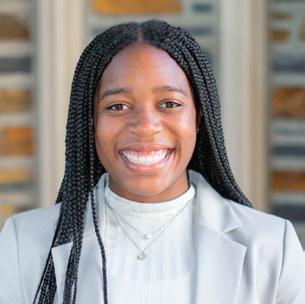
Danielle Mensah ’20
Space Operations Officer
U.S. Space Force
Duke University
BS Computer Science, Minor in Computational Biology
“Carmel gave me the freedom to explore advanced STEM courses while maintaining high expectations across every subject. In college, many of my peers were just beginning to tackle material I had already mastered. Thanks to Carmel’s rigorous coursework, I was able to skip several math classes at Duke and dive deeper into areas that matched my interests in computing and data science. That strong foundation also let me focus on opportunities like Air Force ROTC, which ultimately led to my commission in the U.S. Space Force.”
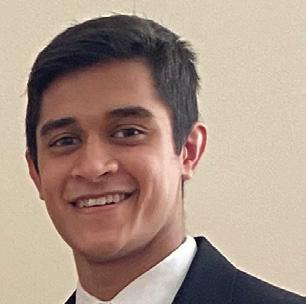
Zakir Ujjainwala ’18
Simulation Engineer
The Boeing Company
University of Illinois
Aerospace Engineering
“A highlight from my intro to engineering class was my reverse engineering CAD assembly. I selected a TI-84 calculator, measured and modeled its components, and explored ways to improve its design. This strengthened my problem-solving skills and taught me the discipline and attention to detail essential to engineering. This project allowed me to learn more about design strategies of an everyday object while also pushing me to think of outside the box to make it better.”
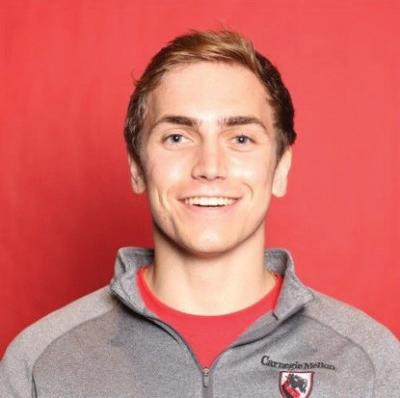
Jake Cerwin ’19
Senior Software Engineer
Dandy Medical & Diagnostic Laboratories
Carnegie Mellon University
BE Elecrical and Computer Engineering
“Being part of Carmel’s first robotics team was easily one of the most formative experiences I had in high school. Between the hands-on engineering challenges and the chance to collaborate with some of the brightest classmates I’ve ever had, I found a passion for building real things that mattered. That experience — combined with Carmel’s programming classes — is what inspired me to study Computer Engineering at Carnegie Mellon and ultimately work at a surgical robotics startup right after graduation.”

Samantha Dickmann ‘17 Systems Engineer
BAE Systems, Inc. Space & Mission System
Purdue University
Aeronautical and Astronautical Engineering
“When I was a freshman, I was walking out of school with Mr. T (Mr. Titterton) one day, and he turned to me and told me “I think you’d make a good engineer.” That simple statement really did change the course of my life. I’m not sure I would have chosen to go into engineering without Mr. T’s encouragement and teaching.”
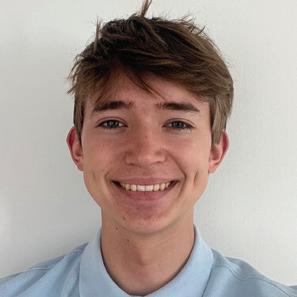
Allen Mons ’20
Software Engineer, Microsoft
University of Michigan
BS Computer Science
MS Electrical and Computer Engineering
“NYAN Robotics gave me a great start with learning real-world engineering practices. It taught me how to plan and manage a project that was bigger and took longer than a class project could. It was also valuable on my resume for getting into college, and even for landing internships. Carmel’s engineering classes also taught me how to give presentations and improved my public speaking, which helped me in college and in my career. ”
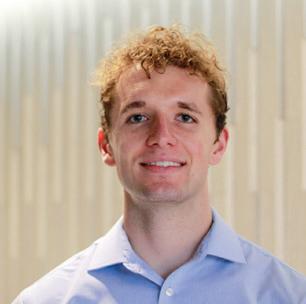
Kyle Heinz ’21
Graduate Research Assistant in MIT’s Lincoln Laboratory’s Advanced Quantum Technology Group, Analog Devices, Lockheed Martin
MIT
Electrical Engineering and Computer Science
“Carmel did an awesome job of building up my fundamental knowledge base (STEM, how to think critically, how to take notes, etc.), so I was prepared when I got to more advanced topics in college. Classes like Principles of Engineering and Intro to Engineering as well as clubs like Robotics team exposed me to real-world, hands-on engineering. I got exposed to actual engineering that moved beyond numbers on a paper. It made STEM so much more appealing and rewarding.”

Daniel Tezzo ‘23
Student, University of Notre Dame ‘27
Electrical Engineering
Engineering Corporate Practice
“Carmel prepared me for college-level engineering by fostering a collaborative environment, helping me navigate group projects and labs. Applying in-class concepts to hands-on demonstrations in Chemistry and Physics made me more comfortable tackling similar challenges in college. I believe this preparation was only possible because of Carmel’s focus on teamwork, experiential learning, and the support of dedicated teachers who encouraged curiosity and critical thinking. Their guidance gave me the confidence to approach complex problems with both skill and creativity.”
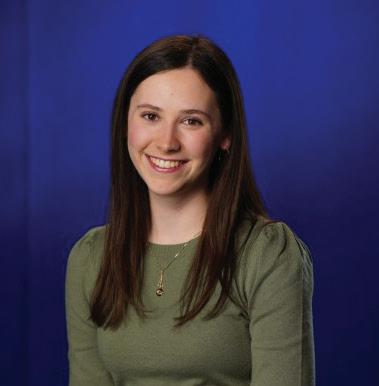
Isabella Pagano ’22
Intern at NASA/JPL
Cal Tech
Mechanical Engineering & Aerospace
At her internship, Isabella is redesigning a new thrust stand for a high-powered magnetoplasmadynamic thruster; developing a robust dynamics model of an inverted pendulum thrust stand to inform design choices and reveal relationships between analytical model components; assembling and testing the final thrust stand design.

Sydney Faerber, ’20
Traffic Engineer at HNTB
Iowa State University
Civil Engineering
“The most valuable skills I took from Carmel would be writing, time management and being willing to take risks. Being able to write and effectively communicate ideas is key in engineering, because no matter how good of an engineer I am, if I can’t communicate my work to others, it’s only so valuable. Time management is key to staying on top of multiple projects and staying on budget — which is a great quality to have when working on major infrastructure projects! Being willing to take risks has helped me to pursue opportunities and never say no.”
Join the Best
Your Engineering Future Starts Here
The Choice is Yours
You can follow the crowd to your neighborhood high school, or join Lake County’s most motivated future engineers at Carmel Catholic. Surround yourself with peers who share your ambition, teachers who foster your curiosity, and resources that match your potential.
Experience Engineering Excellence
• Engineering Exploration Day: Shadow multiple engineering classes throughout a full day
• Middle School Programs: Saturday and evening STEM classes to explore your interests
• Direct Access: Meet with Department Chair Mr. John Titterton to discuss your engineering pathway
Ready to Engineer Your Future? Contact us today to learn how Carmel Catholic’s engineering program can transform your passion into expertise, your ideas into innovation, and your potential into achievement.

Carmel Catholic High School
One Carmel Parkway, Mundelein, IL
carmelhs.org
Admissions: 847-388-3418
Belong. Believe. Become.

